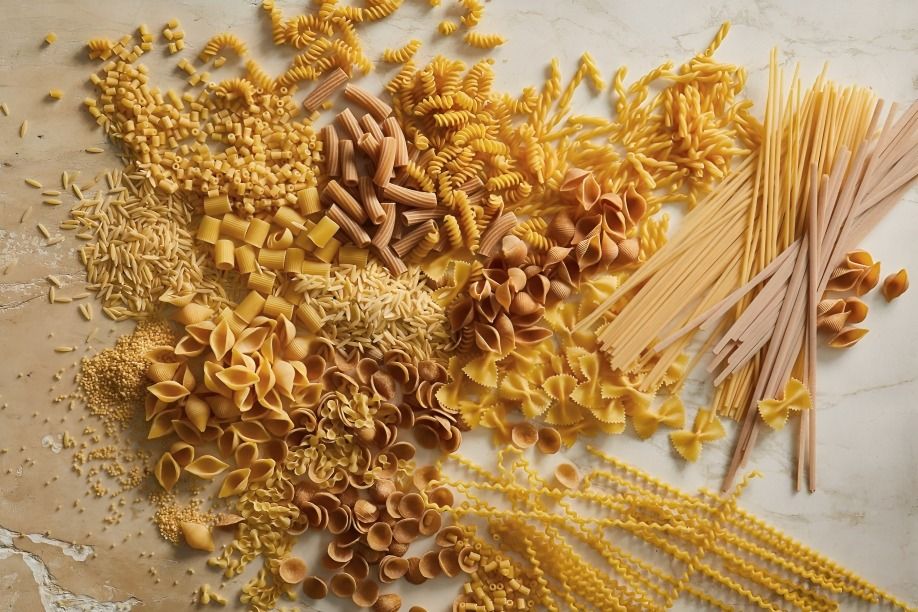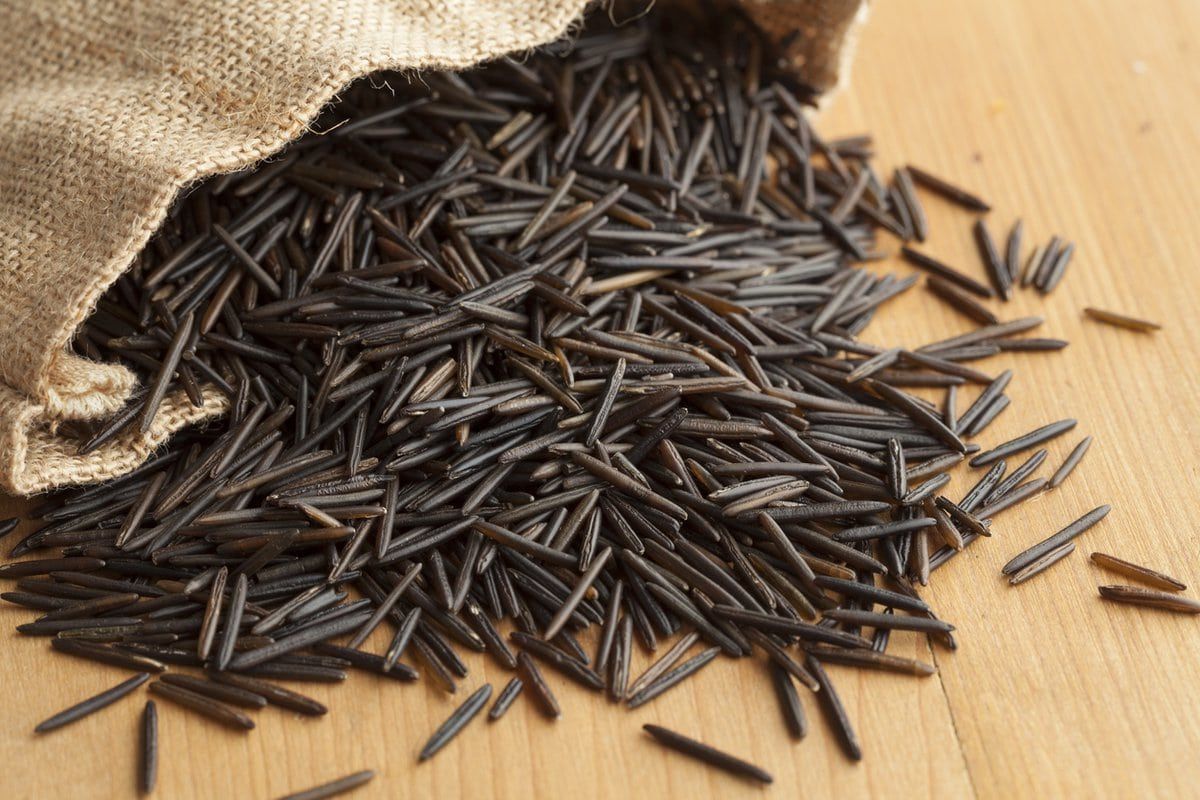
“
Whole grains are packed with essential nutrients. They contain fiber, vitamins (such as B vitamins like niacin, thiamine, and folate), and minerals (including zinc, iron, magnesium, and manganese). These nutrients play vital roles in overall health and well-being. Incorporating whole grains into your meals ensures you’re nourishing your body with a diverse array of goodness. Remember, whole grains are not only delicious but also essential for maintaining a balanced and vibrant lifestyle! Let’s explore the wonderful benefits of whole grains for a balanced diet!1
1
”
Approximately 10,000 years ago, barley emerged as one of the earliest cultivated grains, primarily in the regions of Eurasia. Its versatility and adaptability made it a crucial staple for early human societies. 1
Whole grains, such as brown rice and whole wheat, offer more fibre and nutrients compared to refined grains like white rice and white flour. The additional fibre and vitamins in whole grains contribute to better digestive health and overall nutrition. 2
Grains are seeds from grasses that are cultivated for food. These edible seeds come from plants like wheat, rice, and corn. They are a staple in many diets and provide essential nutrients, including carbohydrates, proteins, and vitamins. 3
Quinoa is considered a superfood grain from South America, known for its high protein content and nutritional benefits. It grows in different colours, such as white, red, and black. 4

Pasta is created from wheat flour and water, and it comes in a variety of shapes, like spaghetti, penne, and macaroni. It is a fundamental ingredient in many dishes and can be paired with countless sauces.
Globally, 87% of grains produced are maize, providing essential carbohydrates. In poorer countries, grains are a major food source, while in wealthier nations, they are important but less central. 5
Corn, also known as maize, holds the title of being the most-produced grain globally. Its impressive yield and versatility contribute to its dominance. The United States leads the way as the largest producer of corn, followed by China, Brazil, Mexico, and France. 6
Various types of beer are brewed using barley malt, wheat, and other grains. Each grain type contributes unique flavors and characteristics to the beer, resulting in a diverse range of beer styles and tastes enjoyed worldwide.7
Oats are a nutritious grain often enjoyed as oatmeal for breakfast. They help keep you full and provide sustained energy throughout the day. Oats are valued for their health benefits, including their ability to aid in digestion and heart health. 8
Chickpeas (Garbanzo Beans) are rich in fiber and protein. A cup of cooked chickpeas provides 14.5 grams of protein, 12.5 grams of fiber, and essential nutrients like folate, copper, and iron. 9
Consuming whole grains can help lower cholesterol levels and reduce the risk of heart disease. The soluble fiber in whole grains helps to lower LDL (bad) cholesterol and supports cardiovascular health. 10
Grains have been essential not just on Earth but also in space exploration. NASA has experimented with growing grains like wheat aboard spacecraft to study their growth and potential as food sources for astronauts on long-duration missions. 11

Wild rice isn’t true rice. Although it resembles rice and is often used similarly in cooking, it actually comes from aquatic grasses in the genus Zizania. Unlike true rice, which is a member of the grass family Oryza, wild rice grows in water.
As of recent data, China is the largest producer of grain worldwide. The country leads in the production of various grains, including rice, wheat, and corn, making it a major player in global grain markets. 12
Grains are typically harvested in late summer or fall when they have ripened and turned golden. After harvesting, they undergo processing to remove impurities and are then packaged for consumption. 13
Whole grains have a lower glycemic index compared to refined grains, leading to more stable blood sugar levels. This helps in managing and preventing type 2 diabetes by improving insulin sensitivity. 14
The term "grain" broadly encompasses seven major types: wheat, rice, maize, barley, oats, rye, and millet. Each type plays a crucial role in global agriculture and food systems. 15
Global grain production exceeds 2.5 billion tons annually, highlighting its crucial role in food supply. Various grains like barley, wheat, and maize are essential for producing a range of foods and beverages, including different types of beer. 16
Rice is the most widely consumed grain globally and is a staple food in numerous countries, particularly in Asia. It is a versatile grain that can be prepared in various ways, making it a key component of many traditional dishes. 17
The fiber and protein in whole grains contribute to feelings of fullness and satiety, which can help control appetite and reduce overall calorie intake, aiding in weight management and obesity prevention. 18


